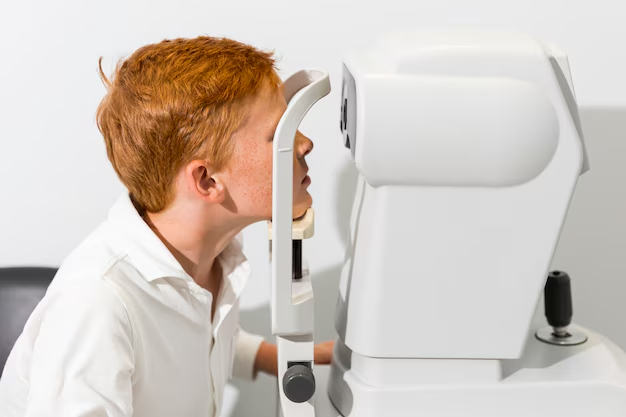Understanding Diabetic Retinopathy: What You Need to Know
Diabetic retinopathy is a serious eye condition that affects people living with diabetes, posing a significant risk to vision if not managed properly. This complication of diabetes brings about changes in the blood vessels of the retina, which is the light-sensitive tissue at the back of the eye. Over time, high blood sugar levels can damage these blood vessels, leading to swelling, leakage, or even closure, preventing blood from passing through. In advanced stages, new, abnormal blood vessels proliferate on the retina.
Key Symptoms of Diabetic Retinopathy
Despite its severity, diabetic retinopathy often goes unnoticed in its early stages. However, symptoms that may suggest its development include:
- Blurred vision
- Dark spots or floaters in your field of vision
- Difficulty seeing colors
- Sudden loss of vision
If you notice any of these symptoms, it's essential to consult with an eye care specialist promptly. Regular comprehensive eye exams can catch problems early, allowing for intervention before serious damage occurs.
Who Is at Risk?
Anyone with diabetes can develop diabetic retinopathy. However, the risk increases with:
- The duration of diabetes
- Poorly managed blood sugar levels
- High blood pressure and high cholesterol
- Tobacco use
- Pregnancy
Being proactive about health management and keeping blood glucose levels in check can significantly reduce the risk of developing this eye condition.
Management and Treatment Options
Managing diabetic retinopathy often involves a combination of medical and lifestyle interventions. Here are some critical steps for managing this condition:
- Routine Monitoring: Regular eye exams help in identifying changes early.
- Blood Sugar Management: Keeping glucose levels within target limits is crucial.
- Medication or Surgery: In advanced cases, medications to inhibit new blood vessel formation or surgical procedures such as laser surgery may be necessary.
Simply put, maintaining a healthy lifestyle combined with routine medical care forms the cornerstone of managing diabetic retinopathy.
Navigating Financial Assistance and Support
Medical costs can quickly add up, especially when managing a chronic condition like diabetes. Thankfully, various resources can help ease the financial burden:
- Government Aid Programs: Federal programs like Medicaid and Medicare offer coverage for diabetic care, including eye exams.
- Financial Assistance: Organizations such as the American Diabetes Association provide resources for those struggling with medical costs.
- Educational Grants: Some NGOs offer funding for diabetes education and resources, equipping you with necessary information and support.
- Debt Relief Options: For those in significant financial stress, debt relief programs can offer solutions to manage or reduce medical debt effectively.
- Credit Card Solutions: Consider low-interest medical credit cards that offer flexible payment options.
Helping Hands 👐
Explore these options to ease the financial challenges associated with diabetic retinopathy:
- 🌟 Medicaid & Medicare: Coverage for essential diabetic retinopathy treatments
- 🤝 American Diabetes Association: Financial aid and educational resources
- 📚 Local NGOs: Scholarships and grants for diabetes education programs
- 💳 Low-Interest Medical Credit Cards: Manageably structured payment plans
Being informed and proactive not only empowers you to manage diabetic retinopathy effectively but also helps you tap into resources that make the journey easier. Remember, managing your condition involves medical, financial, and lifestyle aspects; addressing these comprehensively ensures better health outcomes and peace of mind.
